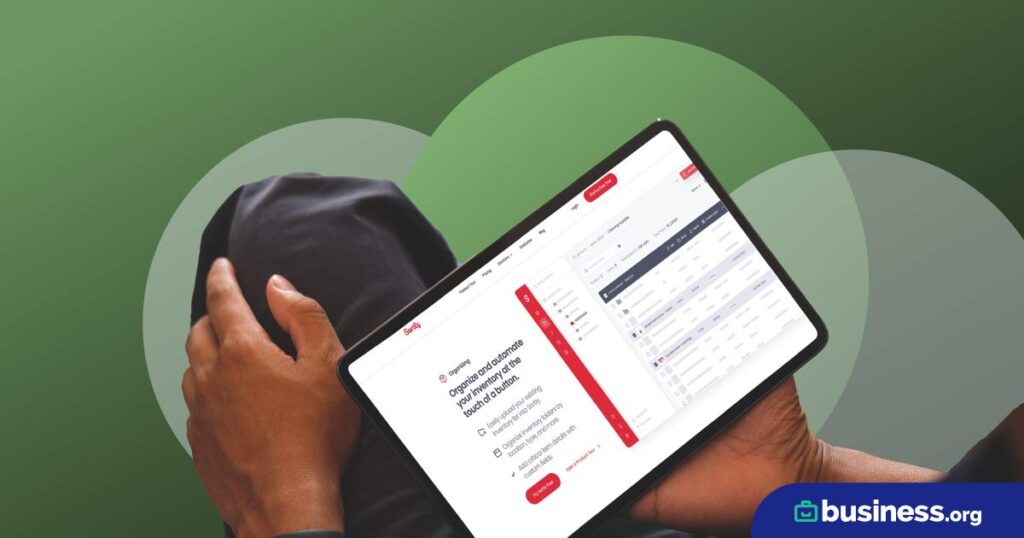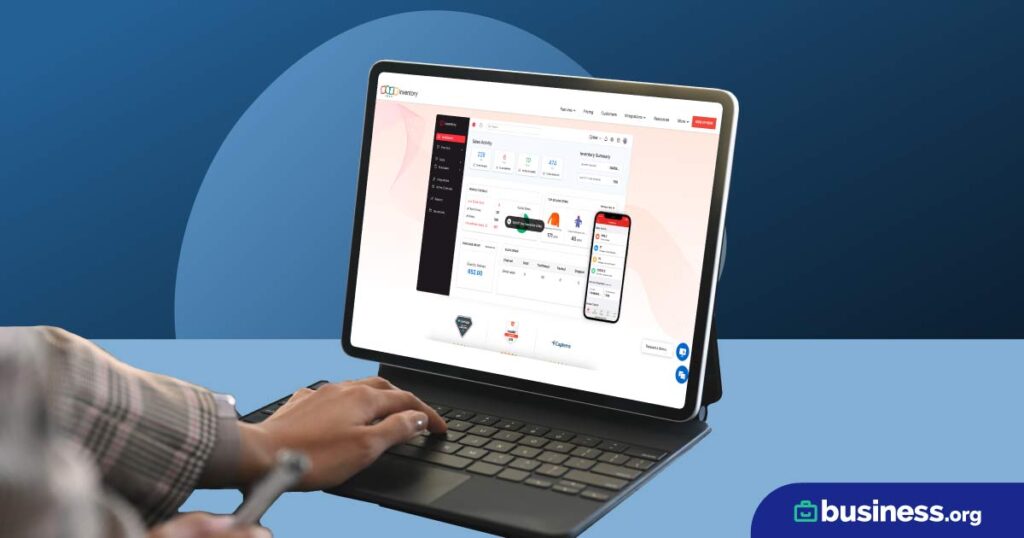We are committed to sharing unbiased reviews. Some of the links on our site are from our partners who compensate us. Read our editorial guidelines and advertising disclosure.
How Queuing Theory Can Help Your Business Manage Inventory and Customer Experience
We completely revamped this article with clearer definitions and examples to help you suss out what queueing theory is, how it can help your business, and how to implement it into your business processes.
Queueing systems focus on analysis of customer wait times, so many business owners assume that queueing theory is only useful when trying to minimize the time their customers spend waiting to check out.
But believe it or not, queueing theory can be applied to pretty much every aspect of your business, and you can customize it for virtually every probability. You can use it to figure out materials requirements planning (MRP), supply chain management, ideal stock levels, and even employee shift scheduling.
Here’s more on everything you need to know about queueing theory to start improving business operations within your company.
What is queueing theory?
Queueing theory is the study of waiting in line. Exciting, right?
Really, though—queueing theory is a management science that’s all about finding the best ways to use limited resources. In every phase of business, there are steps that have to happen in order to produce, ship, stock, and sell an item. As soon as an item moves through one step in that process, it joins a queue of other items waiting to move to the next phase (like a car on an assembly line waiting to be painted).
Similarly, customers seeking to buy your product might have to complete multiple steps in order to purchase your product (like ordering in the drive-through, paying at the first window, then picking up food at the last window).
For both your behind-the-scenes and customer-facing business processes, each step has the potential to become a bottleneck, which makes your company less efficient, drives up costs, and negatively affects customer satisfaction. Application of queueing theory aims to reduce these mishaps by analyzing the following factors:
- Arrival process: How many items or customers arrive in the queue in any given hour? Is the arrival rate steady or stochastic (a.k.a. variable)? What’s the average time interval between arrivals? Does that vary depending on the time?
- Queueing behavior: Is there a risk of spoilage or damage if products are left in the queue too long? Does long queueing time affect costs? If analyzing customers, is there a chance that customers in line will leave if they wait too long?
- Service: What is the service time for this particular step? What are the rules for deciding which items or customers get serviced first (e.g., first come, first served)? Are items or customers served one by one or in batches? How many items or customers can be served at a time?
- Waiting room: Is there a limited amount of space or resources (like funds to cover storage costs) available for items or customers waiting in the queue?
From there, you can use a few types of mathematical models to figure out important information:
- Average wait time per customer (or item): The average time your customers (or items) wait in your queue
- Average items (or customers) in queue: The average number of items in your system at a time (including in your queue and your actual process)
- Utilization time: The percentage of time that your employees or machines are actually being utilized in your system (e.g., the number of minutes that each of your machines is in actual operation out of your total workday time)
- Capacity: The maximum number of items or customers your system can handle at a time
Once you know the limits of your current system or process, you can effectively plan around those limits—or find areas where you can improve.
By signing up I agree to the Terms of Use and Privacy Policy.
How can queueing theory impact your business?
Queueing theory can help your business reduce costs, drive up efficiency, and provide better service for your customers.
Specifically, queueing theory can help take the guesswork out of the decision-making process in multiple areas of your business:
- Product development: Queueing theory can help you accurately forecast lead time on new product orders by calculating the total time spent on each phase in the production process (including the ordering of raw materials). For manufacturing businesses, queueing theory can also be used to determine the most efficient use of floor space and equipment.
- Supply chain management: Applying queueing theory to your supply chain management can help you pinpoint bottlenecks in your shipping and warehousing. Once you know where those hang-ups are, you can implement solutions that speed up your fulfillment time, reduce storage space, and lower costs associated with shipping and storing your product.
- Inventory management: Queueing theory can help you forecast customer demand, which in turn helps you determine how much stock to keep on hand at any given time. Queueing theory can also help you when considering the best inventory management techniques for your business (e.g., first in, first out vs. last in, first out).
- Customer service: You can use queueing theory to determine the best balance of on-the-clock employees, equipment (like cash registers), and queueing methods (like multiple lines or windows) that keeps your customers happy while minimizing costs.
Queueing theory in practice
Wondering how queueing theory can actually impact your bottom line? Here are a few business cases highlighting the effects of queueing theory on the operations and customer service models of various types of companies.
Manufacturing
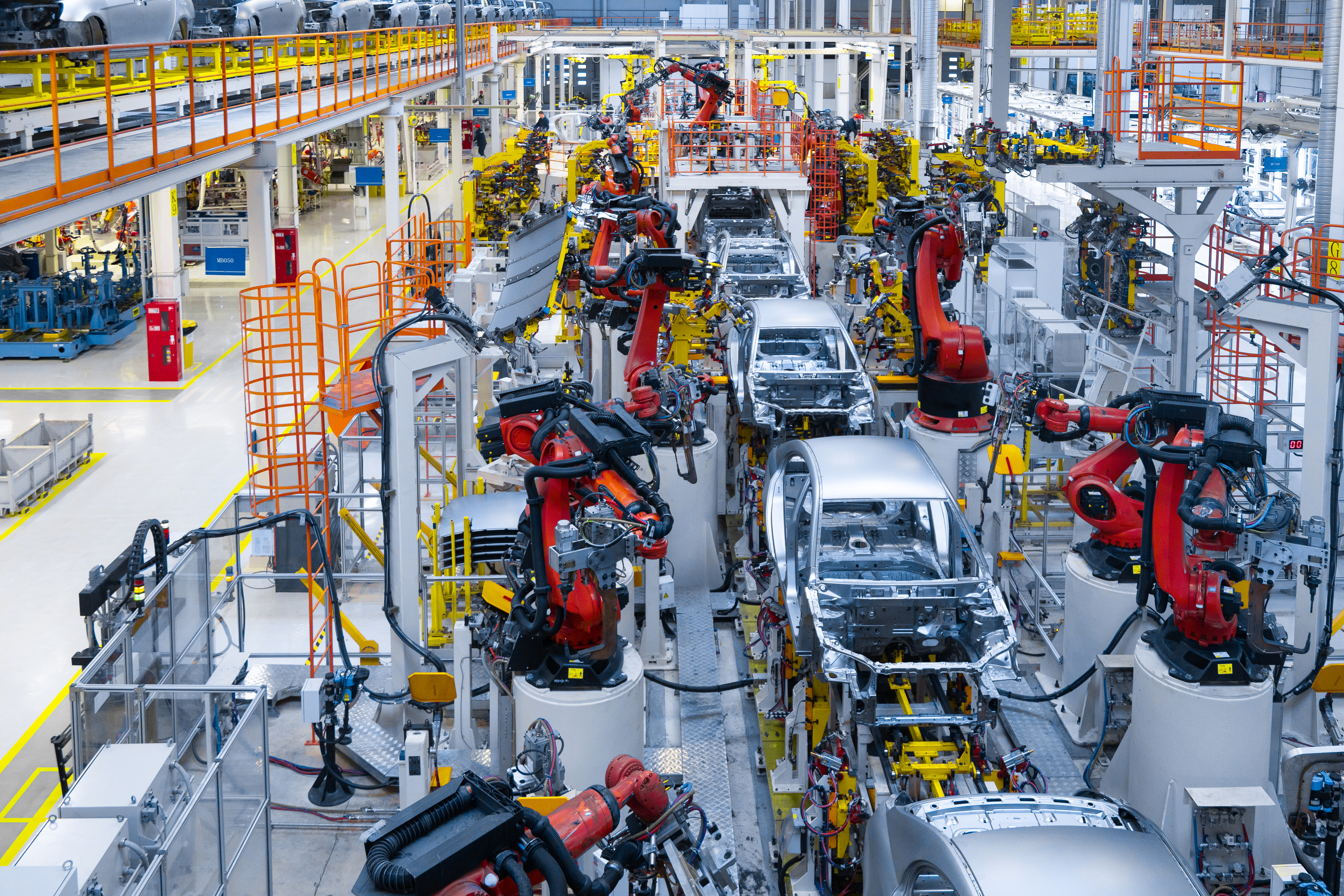
Let’s say your business manufactures thermometers, and you receive orders from two different companies at once. Not only do you have to send each customer an estimate on how long it’ll take to complete their order—but you’ve also got to figure out the most profitable use of your limited systems and space.
You use a queueing model to input the raw materials needed for each order, the average service time for each machine at each step in the thermometer assembly process, and the average number of goods going through each step in the phase. You find that the second order, while bigger, requires specialty materials that take longer to arrive.
Based on this data, you may decide to move full steam ahead on the first order while you wait for extra raw materials on the second order. Then, once you’ve received the raw materials for the second order, you’ll devote two-thirds of your system resources to order #2, while the rest of your resources will finish completing order #1. By following this method, you minimize storage costs for both raw materials and finished goods, while ensuring both your customers receive their orders within an acceptable time frame.
Wholesale
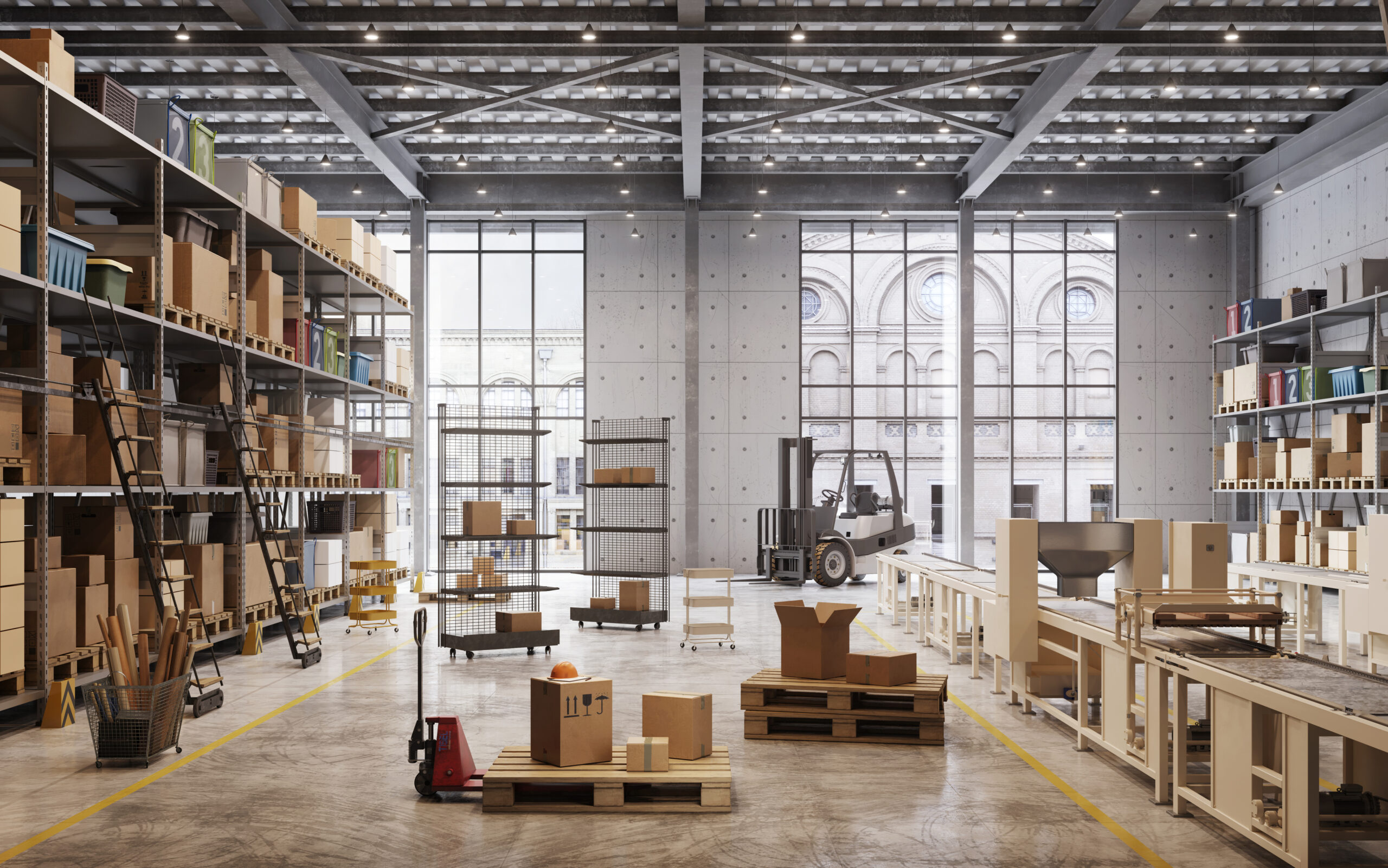
Your business sells silk flower arrangements to florists and department stores. You’ve designed a new product with multiple components: silk flowers and vases. Each component is manufactured by a different supplier, then shipped to an assembly service that combines the components to create the finished product. From there, the assembly service ships the finished products to your warehouse, where you repackage them for bulk sale to your customers.
After inputting all relevant data in a queueing model, you realize it takes longer to manufacture the vases than it does the flowers. You also discover the assembly service produces fewer finished goods per day than the flower and vase suppliers.
Based on this data, you decide to place multiple small orders with your flower and vase suppliers. You place the vase orders first, thereby ensuring the flowers and vases arrive at the assembly service facility simultaneously.
Because the components arrive at the same time, you don’t have to pay to store one component in limbo while the assembly service waits for the other component to arrive. And because you placed small component orders instead of ordering everything at once, the assembly service isn’t over-congested with components waiting to be assembled.
Restaurant

For this example, imagine you run an Indian food restaurant that offers three dishes: butter chicken, tikka masala, and coconut curry. Your restaurant gets overwhelmed with customers at lunch and dinnertime, but customers are sporadic in the late afternoon.
You have only three employees available to work in the kitchen during your busiest hours, and you estimate each member of your staff can make only 15 dishes per hour. You also estimate that 60 customers enter your restaurant per hour during the lunch and dinner rushes. Based on your queueing model, this makes the average customer wait time about 34 minutes—a little too long if you want to keep your hungry customers happy.
To reduce customer wait time, you decide to prepare a select number of dishes in advance. You use your queueing model to factor in problems with food that’s left too long under a heating lamp (and the cost of losses related to spoiled food). After preparing meals ahead of the dinner rush, you’re able to reduce customer wait time to just 20 minutes on average.
Retail
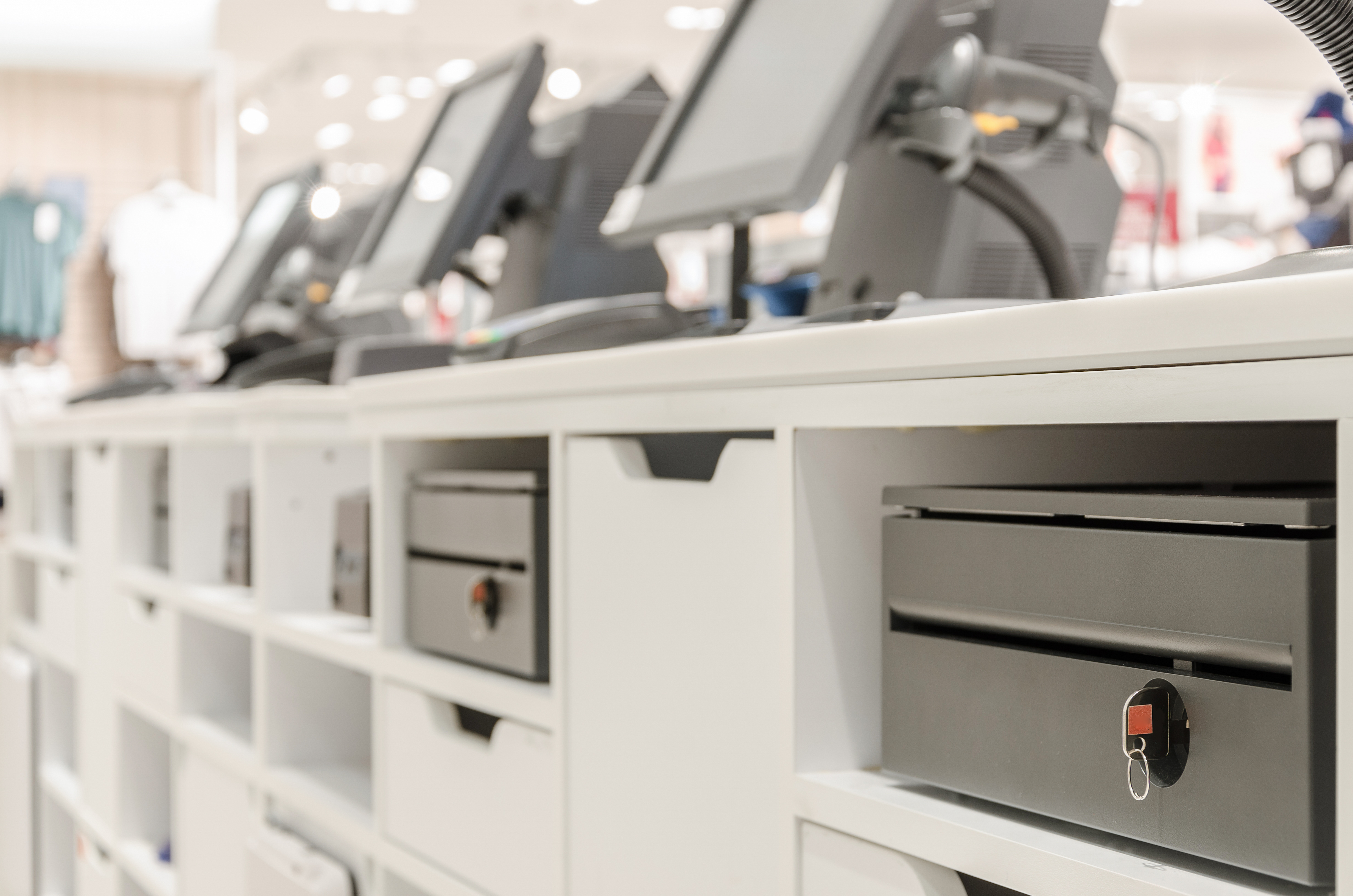
Your retail location sees increased traffic in the late afternoon. You decide to use a queueing model to forecast traffic, then make sure you have sufficient inventory levels on hand to meet demand.
You also use your queueing model to estimate customer wait times and compare that to the cost of the extra equipment and payroll costs associated with opening more registers. You wind up with a solution that doesn’t reduce customer wait time to nothing, but it ensures your buyers are still satisfied and you don’t overspend on staff or equipment.
The bottom line
Queue management is a smart, efficient way to balance costs, minimize loss, and avoid overinvesting in equipment, products, or labor hours you don’t actually need—all while maintaining a high level of customer satisfaction.
That said, a lot can change in your business within a short time, so it’s important to use the queueing theory to constantly reevaluate your business. Continuous improvement will help your business grow in the long term.
Not sure how to implement queueing theory in your day-to-day business practices? Inventory management software can do it all for you. Check out our top picks for inventory management software to learn more.
Disclaimer
At Business.org, our research is meant to offer general product and service recommendations. We don't guarantee that our suggestions will work best for each individual or business, so consider your unique needs when choosing products and services.
